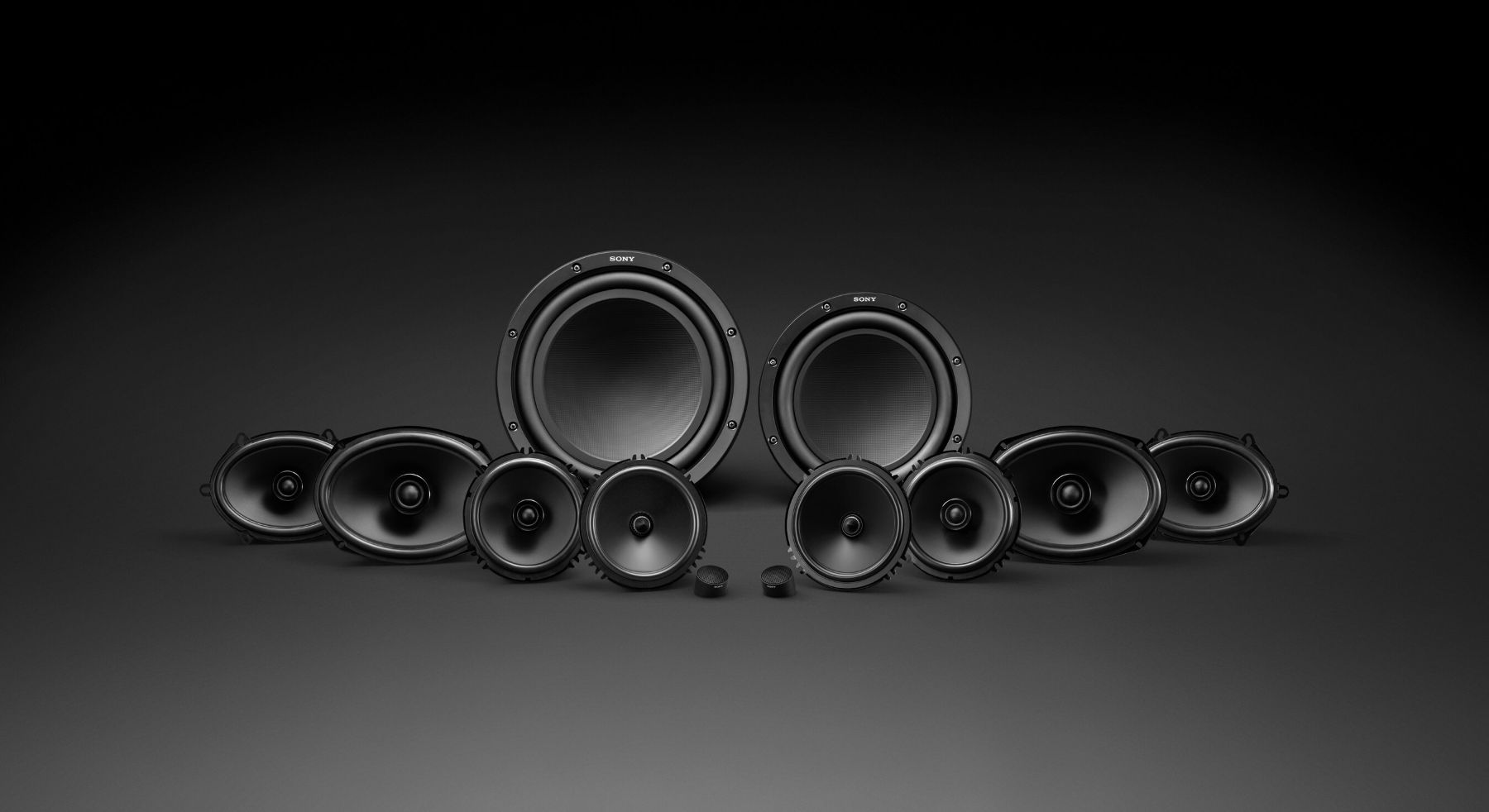Safety Considerations for High-Rise Construction

There are few images more associated with construction than the iconic 1932 photograph “Lunch Atop the Skyscraper.” The photo portrays a group of construction workers taking a break from building New York’s Rockefeller Center while sitting on a steel girder 840 feet (approximately 45 stories) above the city.
The photo is enough to make any acrophobic person nervously contemplate safety measures for high rise construction. Fortunately, high-rise builders have been pondering these things too and have their own safety measures in place.
Fall Prevention Gear
One of the biggest safety considerations for high-rise construction relates to the risk of falling, as anyone looking at “Lunch Atop the Skyscraper” might imagine. Similarly, there are risks of those on higher levels dropping things toward the lower levels. The first line of defense against falls is rooftop edge protection. This includes guardrails, nets, and a toeboard, or a set of platforms that are built along the side of the building to catch falling people or objects.
While toe boards can be effective, there are factors that can render them ineffective, such as damage by weather or gaps between toeboard planks. These can be avoided with proper building materials and by setting aside sufficient time for toeboard construction.
Proper Training
Working on a high rise is a different environment than working on other construction sites. Even if workers are aware of the risk of falling, it doesn’t mean that they are aware of how best to avoid it. Proper training on the reality of safety risks and how best to identify risks and navigate a workspace hundreds of feet in the air is essential, along with training on how to utilize safety gear.
Use the Right Machinery
Any construction worker will tell you that a job is made more dangerous by not having the right equipment. Having the wrong equipment increases the likelihood of accidents. When choosing heavy machinery, sites need to consider both the expertise available as well as the conditions around the building site. For example, building a high rise in the middle of a city is different than building one in a more open area. Imagine needing to deliver materials to an upper story. Normally, this process would require the use of a crane, but in congested city streets, this may pose threats to surrounding areas and passersby. In these circumstances, easier to maneuver machinery such as telescopic handler forklifts should be considered as a safer alternative





